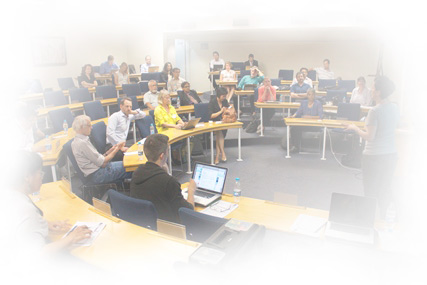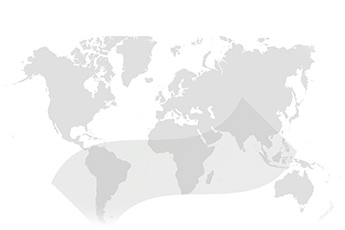Impact of OER on cost and quality of course materials in postgraduate distance education courses in the Philippines
Project overview
Project outputs
General Objective: Support the development of cost-effective learning materials and improve the quality of teaching and learning in the Philippines.
Specific objectives:
- What are the costs involved in developing course materials that make use of OER? Does utilising OER result in any cost savings?
- How does the use of OER impact the quality of course materials, specifically in terms of the following dimensions
a. Disciplinary fit.
b. Alignment of resources with course objectives.
c. Use of a variety of resources by type of media.
d. Scaffolding learning.
e. Encouraging different types of learning activities
f. Fostering engagement and collaboration among learners. - What are the factors affecting the cost and quality of OER-based course materials?
Overview
Recognising the potential and the critical role of OER in achieving its mission to provide wider access to quality higher education, the University of the Philippines Open University (UPOU) recently formulated a policy to develop and use OER in its course materials. Factors of accessibility and affordability aside, one of the main reasons for UPOU adopting OER is pedagogical. In adopting a resource-based approach, UPOU aims to harness the affordances of online resources for content delivery and enhance the levels of interaction between learners and teachers in the content development process (Alfonso, 2014). This belief is reflected in the UPOU OER policy declaration of June 2014, which states:
Recognizing the importance of OER in providing access to quality materials and technologies, UPOU will: (1) promote the use of OER in support of quality teaching and learning; (2) support the creation of OER; (3) establish an open licensing framework; (4) contribute to the sharing of OER globally; and (5) integrate OER values and processes in institutional policies and systems.
There is a need to gather evidence to support this policy. OER is thought to provide the opportunity to use technology to maintain the quality of instructional materials while significantly reducing educational costs (Wiley, Green & Soares, 2012). Previous research by Hilton III, Robinson, Wiley and Ackerman (2014) demonstrated cost savings when colleges in the United States (US) utilised OER in place of traditional commercial textbooks. However, there seems to be a paucity of studies focusing on the cost of using OER in postgraduate distance education.
This qualitative case study featured a cost analysis of course materials development and an evaluation of their quality. Three types of course materials – full OER, partial OER, and non-OER – were compared in terms of cost and quality dimensions to determine whether OER use lowers cost and improves the quality of course materials in postgraduate distance education. Cost was measured in terms of the length of time spent by a course author in writing the course material. Quality was measured in terms of: (1) disciplinary fit of resources selected; (2) alignment of resources with course objectives; (3) use of variety of resources by type of media; (4) facilitating scaffolded learning; (5) encouraging different types of learning activities; and (6) fostering engagement and collaboration.
This study was conducted at UPOU, where courses are delivered using course materials and distance education technologies in a virtual learning environment utilising the Moodle open-source learning platform. The study covers 48 postgraduate courses in three disciplines: health, education and development. Authors of the selected courses (n = 48) were included as respondents for the cost analysis component of the study. Faculty members teaching the selected courses (n = 48) were invited to answer the questionnaire on quality of the course materials. All students enrolled in the selected courses were targeted as respondents in the evaluation of quality of course materials in the study.
References
Alfonso, G. (2014, June 5). Welcome Message. Policy Forum on Open Educational Resources. Los Baños, Laguna: University of the Philippines Open University.
Hilton III, J. L., Robinson, T. J., Wiley, D. & Ackerman, J. D. (2014). Cost-savings achieved in two semesters through the adoption of open educational resources. International Review of Research in Open and Distributed Learning, 15(2). Retrieved from http://www.irrodl.org/index.php/irrodl/article/view/1700.
Wiley, D., Green, C., & Soares, L. (2012). Dramatically bringing down the cost of education with OER: How open education resources unlock the door to free learning. Educause Center for American Progress[1] . Retrieved September 4, 2014.
Bonito, S., Serrano, J., Reyes, C., Ramos, C. O. R. (2017). Impact of OER on Cost and Quality of Course Materials in Postgraduate Distance Education Courses. Presented at Open Education Global Conference, 8-10 March 2017, Cape Town. Retrieved from https://www.slideshare.net/oeconsortium/impact-of-oer-on-cost-and-quality-of-course-materials-in-postgraduate-distance-education-courses




[…] SP10.7: Cost-Effectiveness of postgraduate OER in the Phillipines […]